31.05.2024

Schon immer begründete sich die Forschungstätigkeit von CENAP in der Astronomie und so war gerade auch von meiner Person immer der Wunsch dies in unsere Arbeit mehr einzubinden. Bereits 2011 begann ich mit unserem zusätzlichen Blog über Luft-, Raumfahrt-, und Astronomie dies zu unterstreichen und bisherige Besuchzahlen über 2 Millionen geben bereits ein gutes Feedback.
Im letzten Jahr feierten wir unser 50jähriges Bestehen und so traf man sich unter dem Motto "UFO-Forschung trifft Astronomie". Hierzu hatten wir zu europäischen UFO-Themen auch Beiträge zu Astronomie bei welchen wir auch Mirko Soltau von AllSky7 Fireball Network Europe begrüßen konnten. Da ich ihn dort schon ansprach mit dem Interesse und Wunsch an einer Fireball Kamera, wurde dies nun im Mai diesen Jahres Wirklichkeit. Ende Mai kam "meine Kamera" gut verpackt im Odenwald an und befindet sich nun im Aufbau-Modus und die Vorfreude die erste Aufnahme "eines wirklich Außerirdischen" mit der eigenen Kamera zu erfassen ist präsent.
Geplant ist bis Juli 2024 diese Kamera aktiv im AllSky7 Netz einzubinden wenn alle Installationen abgeschlossen sind.
H.Köhler/CENAP
+
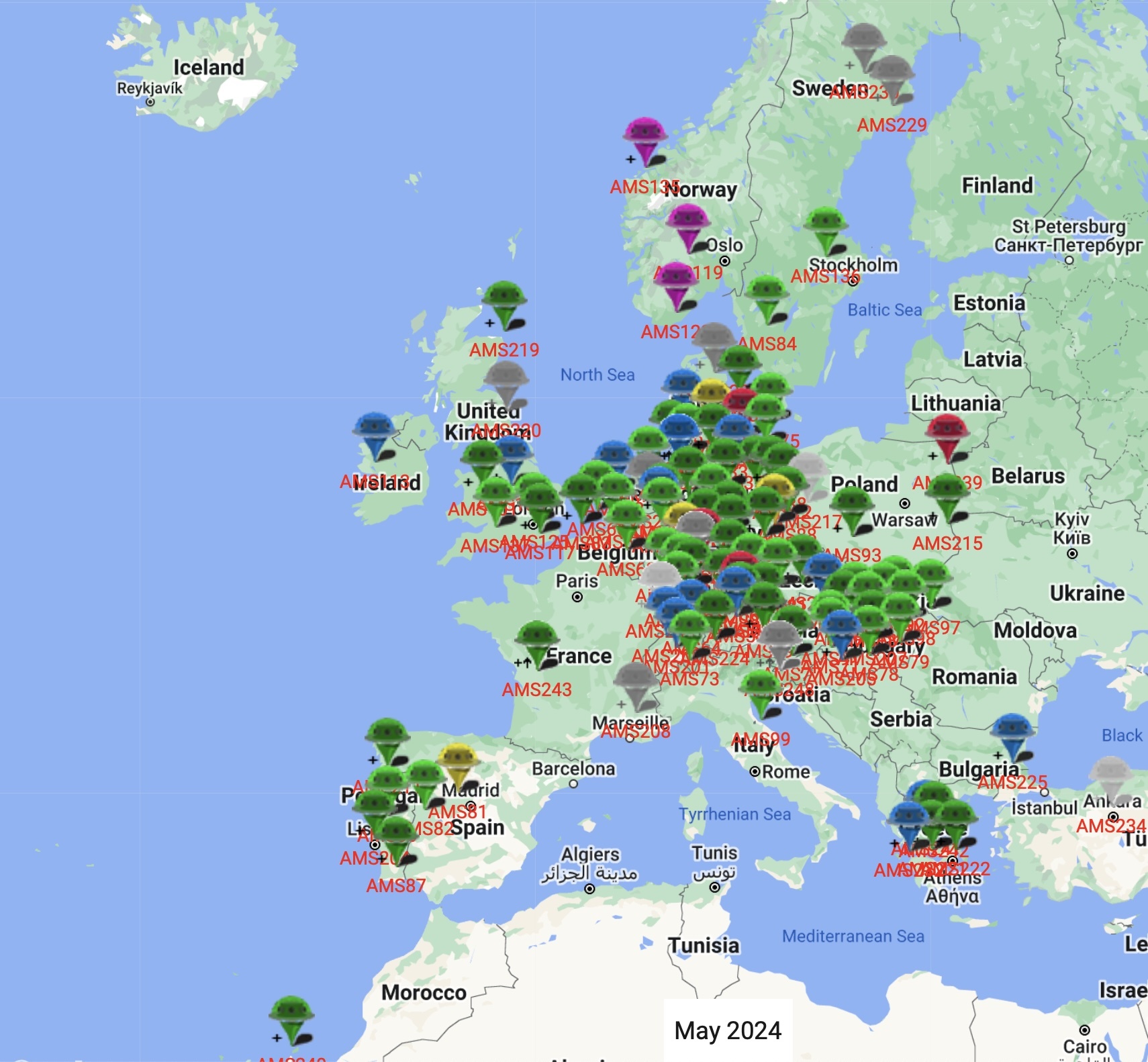
CENAP actively participates in AllSky7 Fireball Network Europe
CENAP's research activities have always been based on astronomy and so I personally have always wanted to incorporate this more into our work. I started our additional blog on aviation, space travel and astronomy back in 2011 to underline this and the number of visitors to date, over 2 million, is already providing good feedback.
Last year we celebrated our 50th anniversary and so we met under the motto "UFO research meets astronomy". We also had contributions on astronomy on European UFO topics, where we were also able to welcome Mirko Soltau from AllSky7 Fireball Network Europe. Since I had already spoken to him there about my interest and desire for a Fireball camera, this became a reality in May of this year. At the end of May, "my camera" arrived well packaged in the Odenwald and is now in assembly mode and the anticipation of capturing the first picture of "a real alien" with my own camera is present.
The plan is to actively integrate this camera into the AllSky7 network by July 2024 when all installations are completed.
H.Köhler/CENAP
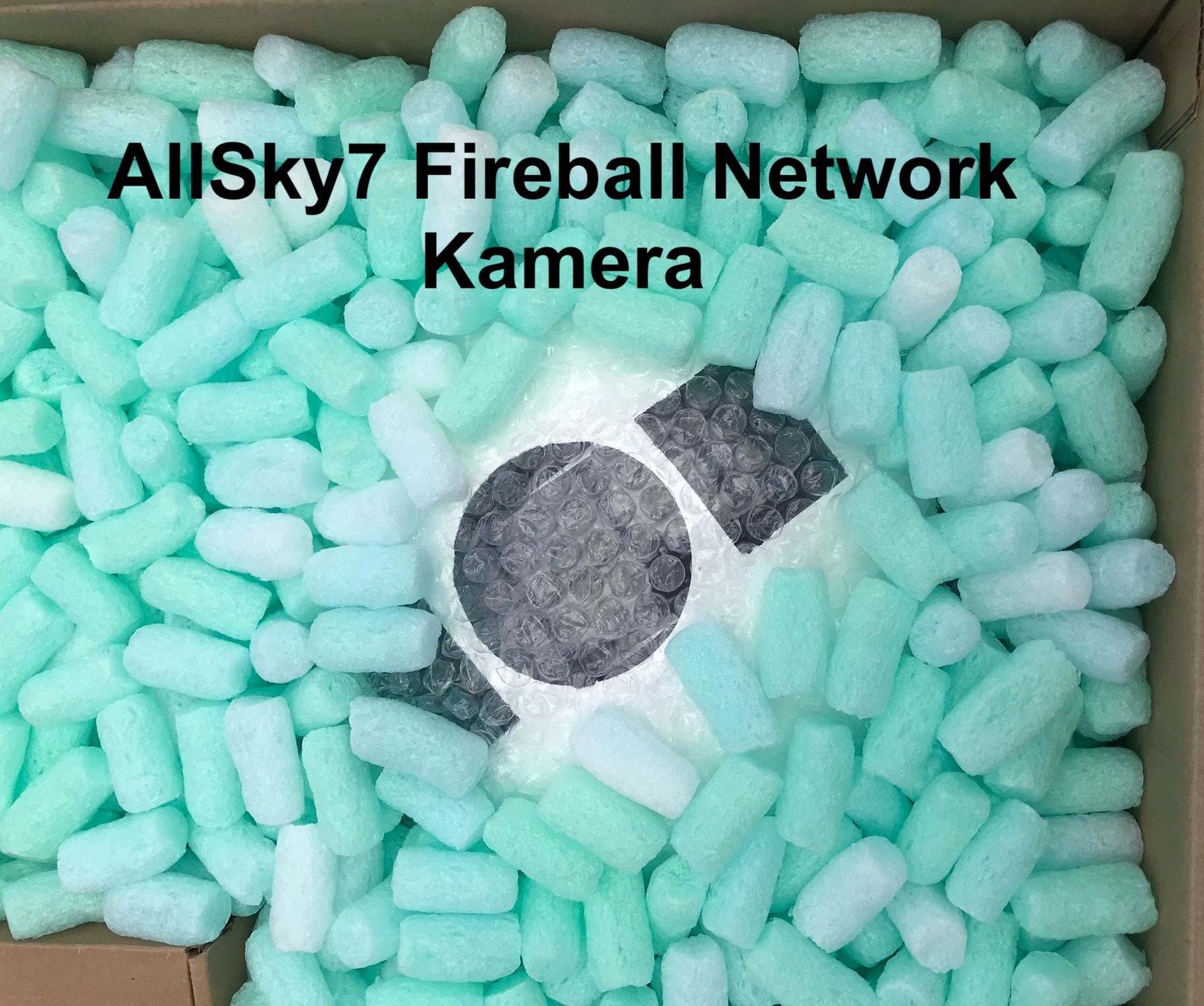
Ankunft der AllSky7 Fireball Network Kamera bei der UFO Meldestelle im Odenwald
Arrival of the AllSky7 Fireball Network camera at the UFO reporting center in the Odenwald
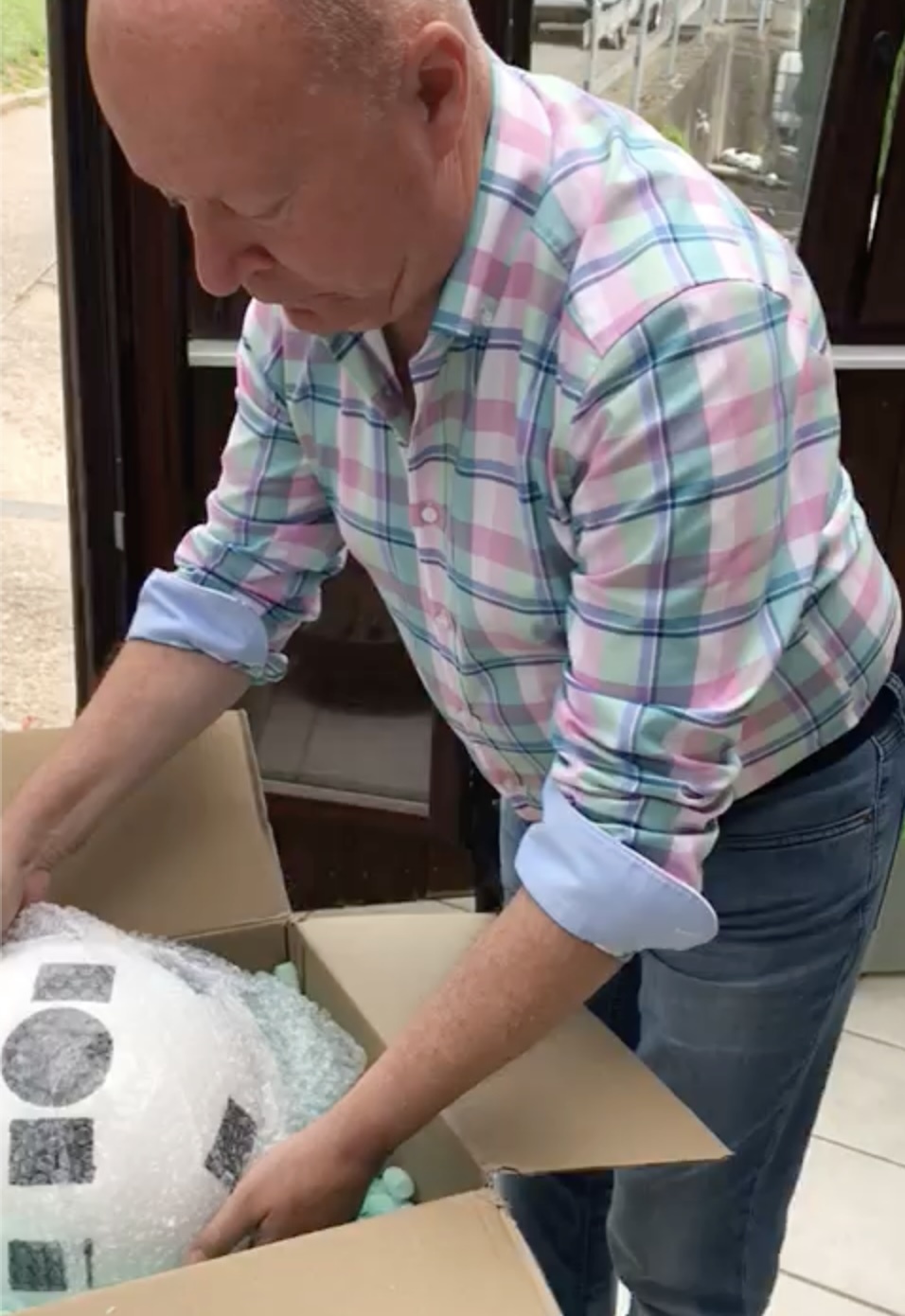
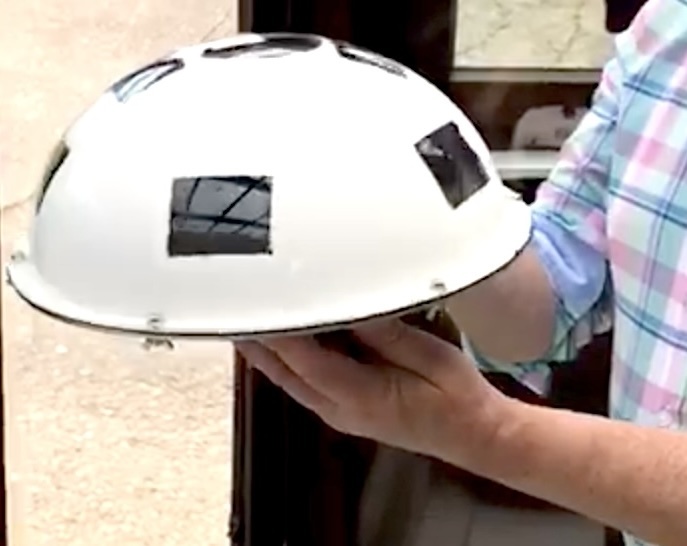
+++
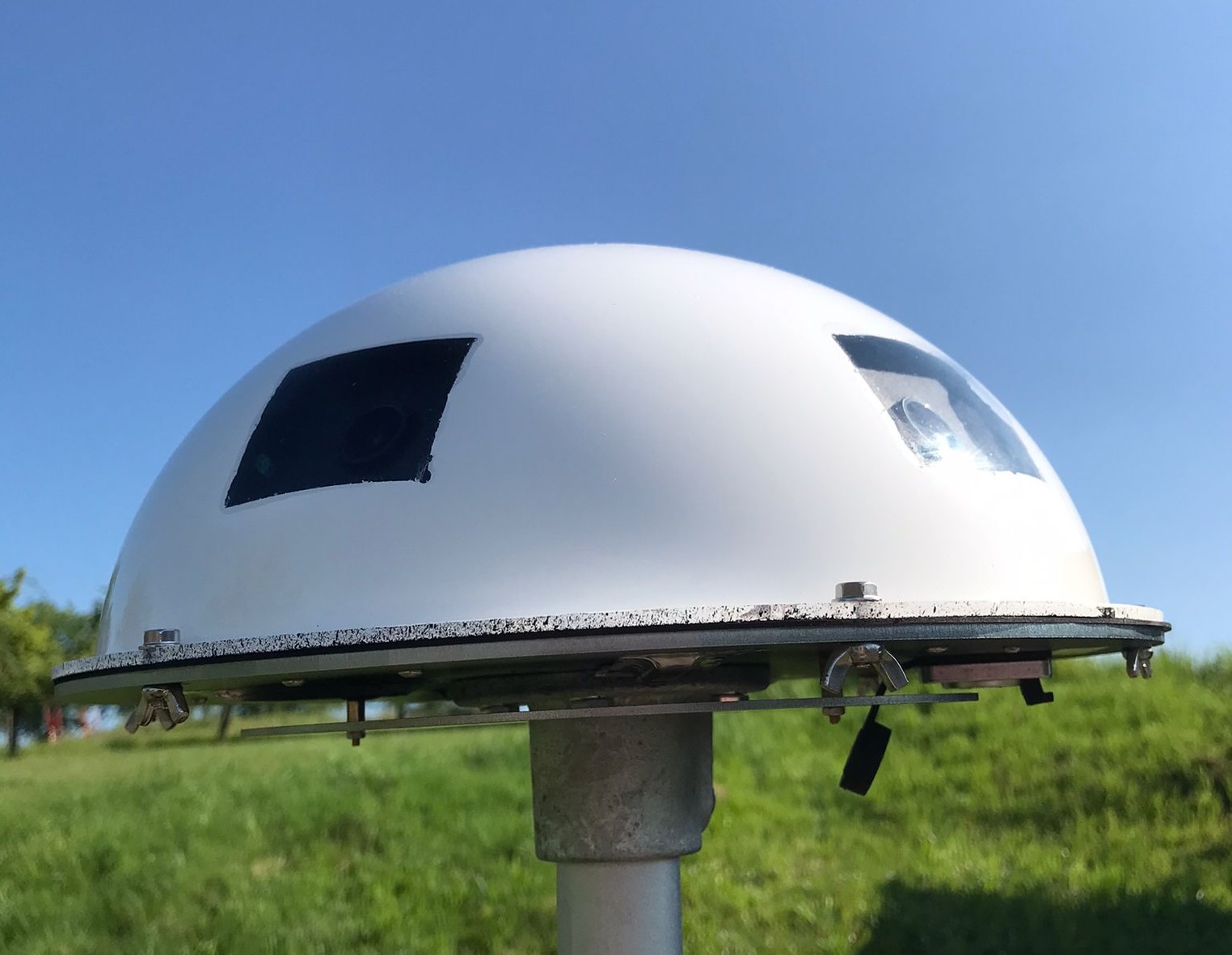
Erste Stellprobe der AllSky7 Fireball Network Kamera im Odenwald.
First test of the AllSky7 Fireball Network camera in the Odenwald.
++
Hintergrund zu europäischen AllSky7-Feuerballnetzwerk
Das europäische AllSky7-Feuerballnetzwerk wurde 2018 in Deutschland gestartet und umfasst mittlerweile Stationen in einer Reihe von Ländern: Österreich, Belgien, Schweiz, Deutschland, Dänemark, Spanien, Frankreich, Ungarn, Griechenland, Irland, Italien, Niederlande, Norwegen, Polen, Portugal, Slowenien, Slowakei, Schweden, Türkei und Vereinigtes Königreich.
Wir unterstützen auch einige Kameras außerhalb Europas, nämlich in Neuseeland und den Vereinigten Staaten / Iowa.
Die Registerkarte Netzwerkstatus zeigt den Standort und den Status der Kamerastationen an. In einer Registerkarte Ausrüstung bietet Details zu den im Netzwerk verwendeten Kameras. In der Registerkarte Liveansicht können Sie ein Livebild der Kameras sehen, das alle fünf Minuten aktualisiert wird. Die Wetteransicht bietet einen schnellen Überblick über die aktuellen Wetterbedingungen an allen Netzwerkstandorten. In dem Feuerballarchiv zeigt eine Auswahl der spektakulärsten Feuerbälle, die von unserem Netzwerk aufgezeichnet wurden. Unter Andere Ereignisse finden Sie eine Reihe weiterer interessanter Aufnahmen unseres Netzwerks.
+
Background to European AllSky7 Fireball Network
The European AllSky7 Fireball Network was launched in Germany in 2018 and now includes stations in a number of countries: Austria, Belgium, Switzerland, Germany, Denmark, Spain, France, Hungary, Greece, Ireland, Italy, Netherlands, Norway, Poland, Portugal, Slovenia, Slovakia, Sweden, Turkey and United Kingdom.
We also support some cameras outside Europe, namely in New Zealand and the United States/Iowa.
The Network Status tab shows the location and status of the camera stations. An Equipment tab provides details of the cameras used in the network. The Live View tab allows you to see a live image of the cameras, updated every five minutes. The Weather View provides a quick overview of the current weather conditions at all network locations. The Fireball Archive shows a selection of the most spectacular fireballs recorded by our network. Under Other Events you will find a number of other interesting recordings from our network.
+
AllSky7-System
Das Netzwerk basiert auf den AllSky7-Systemen von Mike Hankey. Details zu den Systemen wurden in einem Beitrag auf der Meteoroids 2020-Konferenz veröffentlicht.
Jedes System enthält sieben hochempfindliche NetSurveillance NVT-Kameras mit dem SONY STARVIS IMX291 CMOS-Sensor und einem 4 mm f/1.0-Objektiv. Fünf davon sind horizontal in einer Höhe von etwa 25° ausgerichtet, Kamera sechs und sieben zeigen in nördlicher und südlicher Richtung in einer Höhe von etwa 70°. Zusammen decken sie den gesamten Himmel bis zum Horizont ab.
Jede Kamera hat ein Sichtfeld von etwa 45x80°. Die Kameras zeichnen mit 25 fps auf und erreichen eine Grenzgröße von etwa 4 mag. Die maximale Auflösung beträgt 25 Pixel/°.
Ab 2022 bieten wir exklusiv eine verbesserte Version AllSky7+ an, die über eine zusätzliche Kamera mit 1,13 mm Fischaugenobjektiv verfügt. Diese Kamera zeichnet den gesamten Himmel auf einmal auf und bietet eine verbesserte Photometrie und Astrometrie besonders heller Feuerbälle.
Neben den Kameras enthält die Kuppel ein Netzteil und einen Ethernet-Switch für jede Kamera. Jede Kamera hat eine schwarze Papierblende. Die Kuppel ist von innen mit zwei Farbschichten lackiert – außen silber und innen blassschwarz. Das reduziert interne Reflexionen und den Wärmeeintrag.
Die Stromversorgung erfolgt über Power-over-Ethernet (PoE), sodass das gesamte System nur ein CAT-6-Ethernet-Kabel benötigt, um es mit dem Basiscomputer zu verbinden. Der Computer ist ein Barebone-Mini-PC mit Ubuntu und der AllSky7-Software von Mike Hankey, die kontinuierlich verbessert wird. Jede Kamera liefert einen SD- (704 x 576 Pixel) und HD-Videostream (1920 x 1080 Pixel), die vom Mini-PC aufgezeichnet und asynchron analysiert werden.
Die Kamera zeichnet Meteore und Feuerbälle rund um die Uhr auf, aber im Moment werden nur die Nachtaufnahmen automatisch analysiert. Unter typischen mitteleuropäischen Bedingungen werden pro Jahr etwa 5.000 Meteore aufgezeichnet.
Die von Mike Hankey bereitgestellte Software deckt alle Aspekte der Messung von Feuerbällen ab. Es ermöglicht, falsche Beobachtungen aus dem täglichen Meteorstapel auszusortieren, die Position von Feuerbällen in einzelnen Videobildern zu messen, Referenzsterne zu identifizieren, die Astrometrie und Photometrie der Aufnahme durchzuführen und die Beobachtung mit Daten von anderen Kamerastationen zu kombinieren, um Flugbahnen und Umlaufbahnen zu berechnen. Die Software ist für alle Mitglieder des AllSky7 Firebal Network kostenlos (Community-Lizenz).
+
The AllSky7 systems
The network is based on the AllSky7 systems manufactured by Mike Hankey. Details about the systems were published in a paper at Meteoroids 2020 conference.
Each system contains seven highly sensitive NetSurveillance NVT cameras with the SONY STARVIS IMX291 CMOS Sensorand a 4 mm f/1.0 lens. Five of them are horizonally oriented at an altitude of about 25°, camera six and seven point in northern and southern direction at an altitude of about 70° All together they cover the full sky down to the horizon.
Each camera has a field of view of about 45x80°. The cameras are recording at 25 fps and reach a limiting magnitude of about 4 mag. Maximum resolution is 25 pixel/°.
Starting from 2022, we will exclusively offer an upgraded version AllSky7+, which has an additional camera with 1.13mm fisheye lens on top. This camera records the full sky at once and provides improved photometry and astrometry of particularly bright fireballs.
Beside the cameras, the dome contains a power supply and an ethernet switch for each camera. Each camera has a black paper baffle. The dome is painted from the inside with two color layers - silver outside and pale black inside. That reduces internal reflections and the thermal influx.
Power is supplied via Power-over-Ethernet (PoE), so that the whole system needs just one CAT-6 Ethernet cable to connect it to base computer. The computer is a barebone Mini PC running Ubuntu and the AllSky7 software by Mike Hankey, which is continuously improved. Each camera provides an SD (704x576 pixel) and HD (1920x1080 pixel) video stream which are recorded by the Mini PC and analysed asynchronously.
The camera is recording meteors and fireballs 24/7, but at the moment only the nighttime recordings are automatically analysed. About 5.000 meteors are recorded per year under typical central European conditions.
The software provided by Mike Hankey covers all aspects of the measurement of fireballs. It allows to sort out false detections from the daily meteor stack, to measure the position of fireballs in single video frames, to identify reference stars and do the astrometry and photometry of the recording, and to combine the observation with data from other camera stations to calculate trajectories and orbits. The software comes free of charge for all members of the AllSky7 Firebal Network (community license).
Quelle: AllSky7
